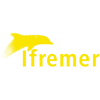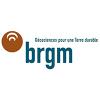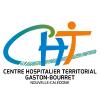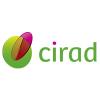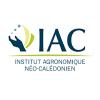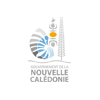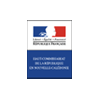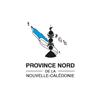MICROCOMET
In coastal ecosystems, microalgae as primary producers are at the base of the functioning of food webs. The MICROCOMET project aims to provide key elements for understanding the impact of metallic trace elements (MTE) on these networks and address the needs of the theme "water, vector of toxics (heavy metals and asbestos)”. The knowledge acquired will allow to measure the capacity of microalgae growth in the presence of metals and to identify the metabolites involved in the mechanisms of bioaccumulation and response to oxidative stress.
The response of microalgae to metallic stress is multiple. Depending on the species, specific speciations can lead to the storage of metals in the cells of the microalgae in bioavailable forms. Metabolites or groups of metabolites could be useful indicators to explain metal assimilation observed in bivalves depending on the species of microalgae involved.
These data would help refine bioaccumulation model predictions and survey interpretations of biomonitoring programs.
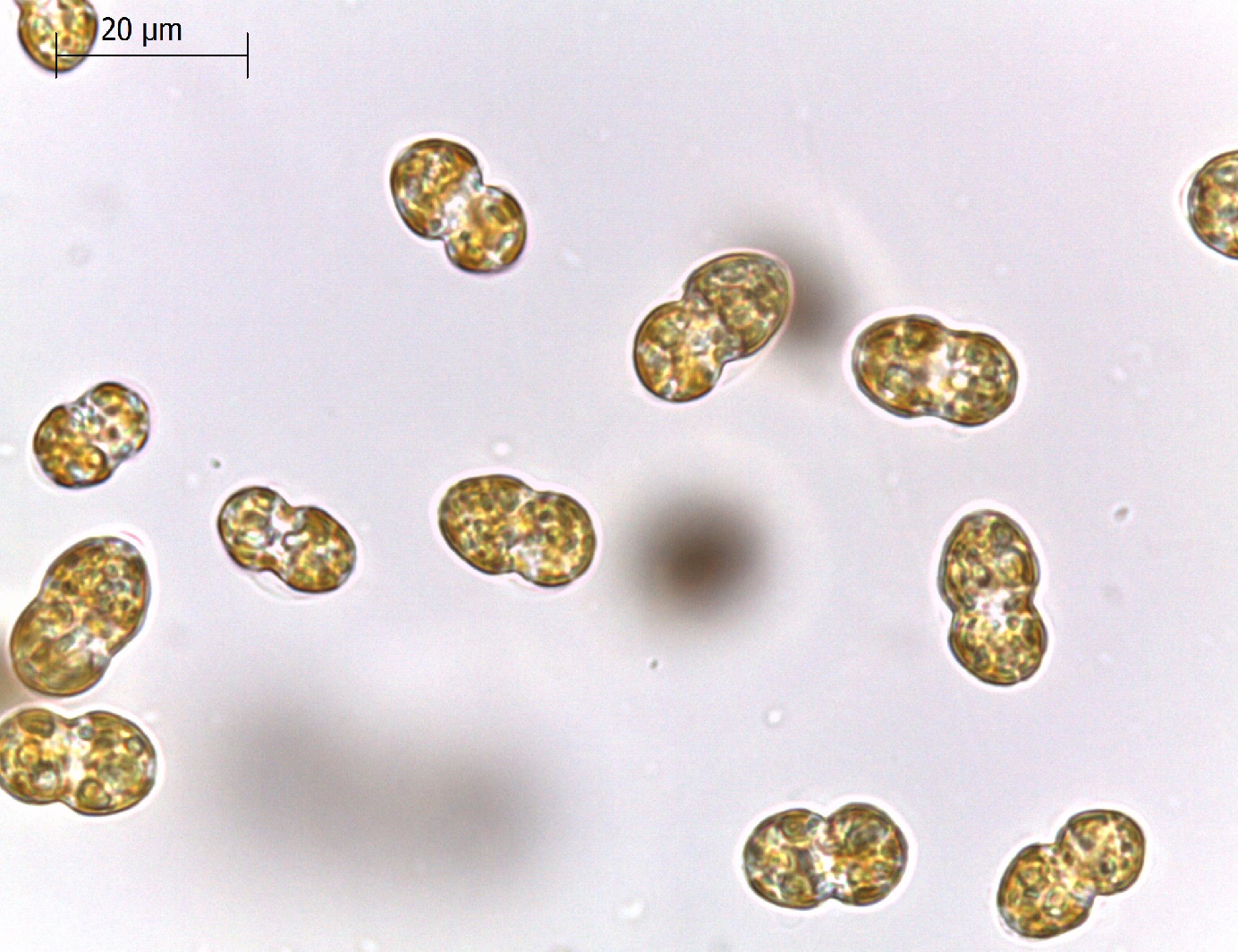
Nicolas Lebouvier
ISEA EA7484
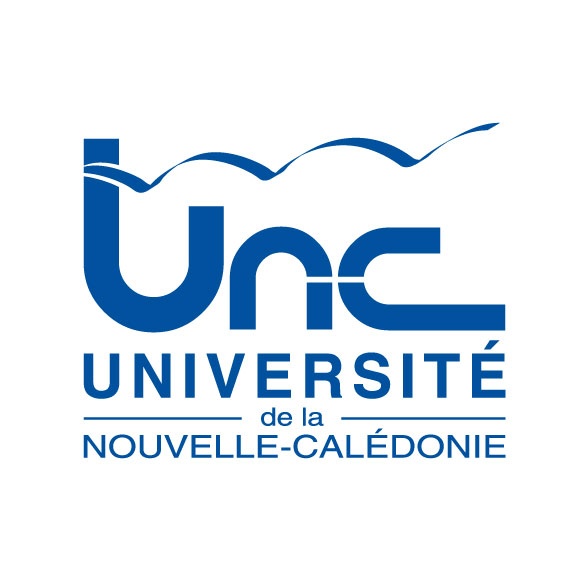
The coastal ecosystems of New Caledonia are complex systems which are governed by multiple interactions. The mining industry and urbanization impact these habitats and increase terrigenous inputs, in particular metals, by rivers which are important vectors for the transport of sediments and dissolved elements. In addition, natural erosion, subject to climatic hazards, leads to inputs of sediments loaded with a number of MTE from mineralized massifs to hydrographic networks and coastal areas. These metallic inputs are essential for primary production and the functioning of tropical coastal ecosystems, but can also be toxic in excess amount. This metallic constraint is increasingly strong today due to anthropogenic pressures and there are no data evaluating the impact of these terrigenous inputs on the physiological, metabolomic and genetic response of phytoplankton.
Some metals are essential at nanomolar concentrations in physiological processes such as photosynthesis and antioxidant defenses. For example, manganese (Mn) and iron (Fe) are key components of photosystems. At high concentrations, metallic elements can however induce the production of reactive oxygen species (ROS) which will oxidize biomolecules such as proteins, lipids and nucleic acids, thus causing oxidative stress and also inducing membrane damage. Some microalgae have great metal absorption capacities. The metal will be captured either by bioadsorption at the cell surface, or by bioaccumulation. This exposure can also limit growth and modify the molecular composition (fatty acids, phenolic compounds, carotenoids) in order to protect algae against ROS generated by metals thanks to the antioxidant activity of these molecules.
Dinoflagellates of the genus Heterocapsa are able to transfer dissolved TMEs to bivalve organisms (oysters and clams), thus allowing bioaccumulation to higher trophic compartments which are subject to consumption by local populations. The genus Heterocapsa is known to be able to grow at high concentrations of metallic trace elements. In New Caledonia, species of Heterocapsa have been isolated during red tides in shrimp ponds, and internationally, the genus is recognized for its strong blooms that can have a toxic impact, especially in bivalves and rotifers. The limitation or the stress induced by an excess of metal inputs has a strong capacity to impact the physiological response and in particular the metabolome of microalgae.
These terrigenous inputs of metallic elements are naturally present in the coastal ecosystems of New Caledonia and may have played a decisive evolutionary role in certain groups of microalgae. The objective of the MICROCOMET project is therefore to study the influence of the metallic stress on the mechanisms of chemical and biological diversification of phytoplankton using a multidisciplinary approach. Comparative studies coupling physiology, metabolomics and transcriptomics on the same genus of dinoflagellates (Heterocapsa spp.) will be set up in order to update the responses induced by a contrasted environment in metallic trace elements which possibly impact food webs.
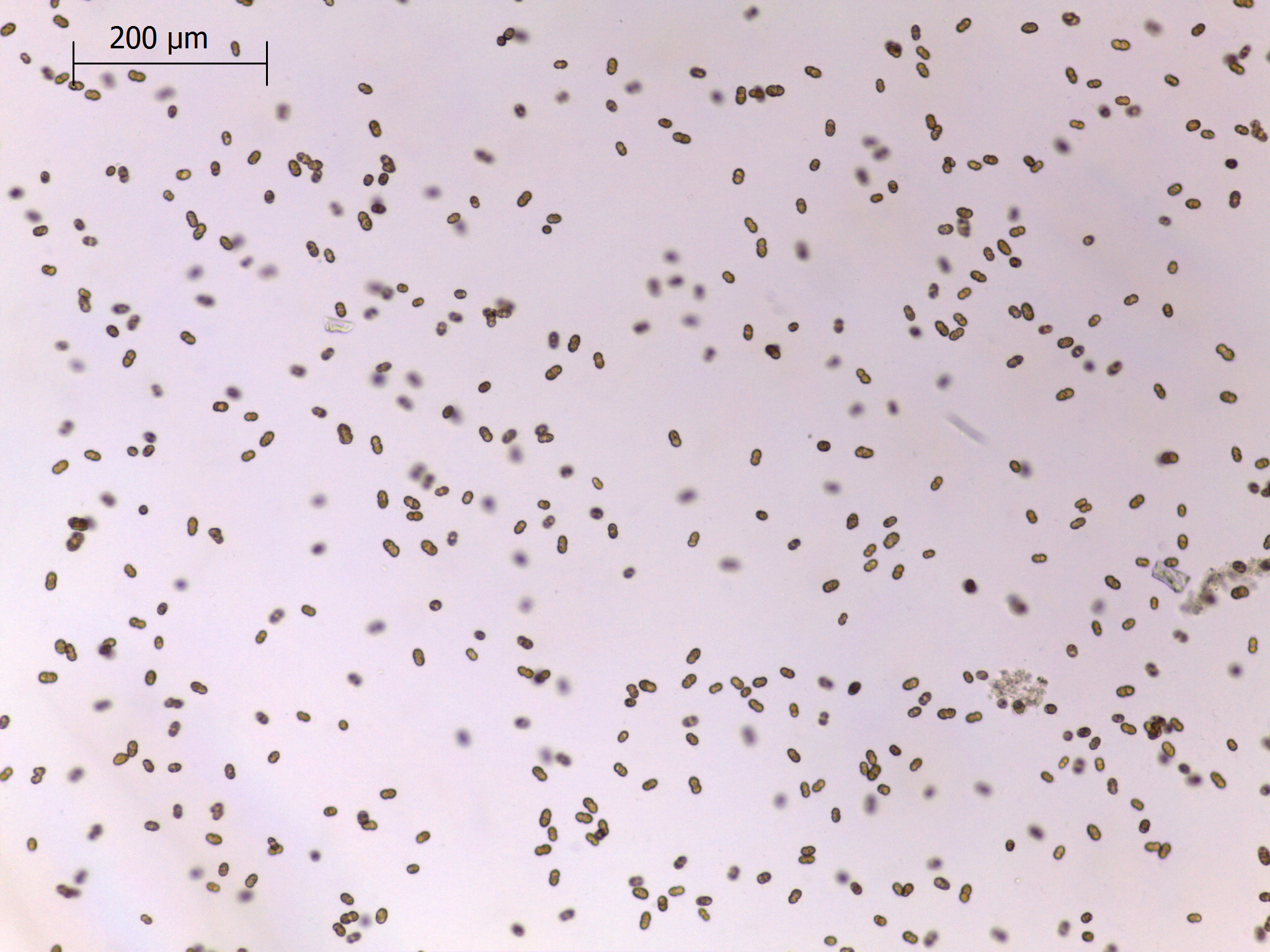
An approach coupling ecophysiology, metabolomics and genomics will be developed within the framework of this project in order to study the effect of an impact of TMEs on different strains of Heterocapsa spp.
(i) Ecophysiological studies of the influence of metal concentration on the metabolome, oxidative stress and photophysiology of different strains of Heterocapsa spp. The objective here is to characterize the link between the concentrations of certain metals, especially when mixed so as to approximate environmental conditions, with the physiological responses of phytoplankton. Growth monitoring will be carried out and coupled with photophysiology measurements by PAM (Pulse-Amplitude-Modulated fluorimetry) (Fv / Fm, RLC, NPQ) to define the effects of different metal concentrations on photosynthetic capacities, photoprotection of microalgae, as well as on their elemental (CHN) and metallic content.
(ii) Extraction, description of the metabolome of different strains of Heterocapsa spp. and construction of molecular networks. The untargeted study of the metabolome will be conducted on liquid chromatography systems coupled with high resolution mass spectrometry (LC-MS2). This study will be completed by targeted approaches of certain families of metabolites which will be analyzed on UV-visible liquid chromatography systems (pigments) and FID-MS gas chromatography (fatty acids). It will make it possible to identify the metabolites most expressed during a metallic stress.
(iii) Coupled study of ecophysiology (i), metabolomics (ii) and transcriptomics during a continuous culture experiment (Caledonian seawater and seawater "very" enriched in Fe then in a mixture of ETM). The comparison of the transcriptomes from a species of Heterocapsa exposed to environments more or less rich in metals should make it possible 1/ to update the cellular pathways involved in the response to metallic stress and thus possibly corroborate the results of ecophysiology and metabolomics. 2/ to potentially reveal pathways for acclimatization to water rich in metals.
Les 28 et 29 mars 2022, le CRESICA organisait le séminaire "Au fil de l'eau" qui a permis de présenter l'état d'avancement du projet.
Retrouver toutes les informations sur la vidéo de présentation du projet MICROCOMET par N. Lebouvier.
Le 29 août 2023, le CRESICA organisait le séminaire de restitution "Au fil de l'eau" qui a permis de présenter les résultats du projet.
Brochure: "Des projets de recherche sur la thématique de l'eau en Nouvelle-Calédonie."
Visionnez la présentation faite lors du séminaire grâce à la vidéo du projet MICROCOMET par N.Lebouvier.



